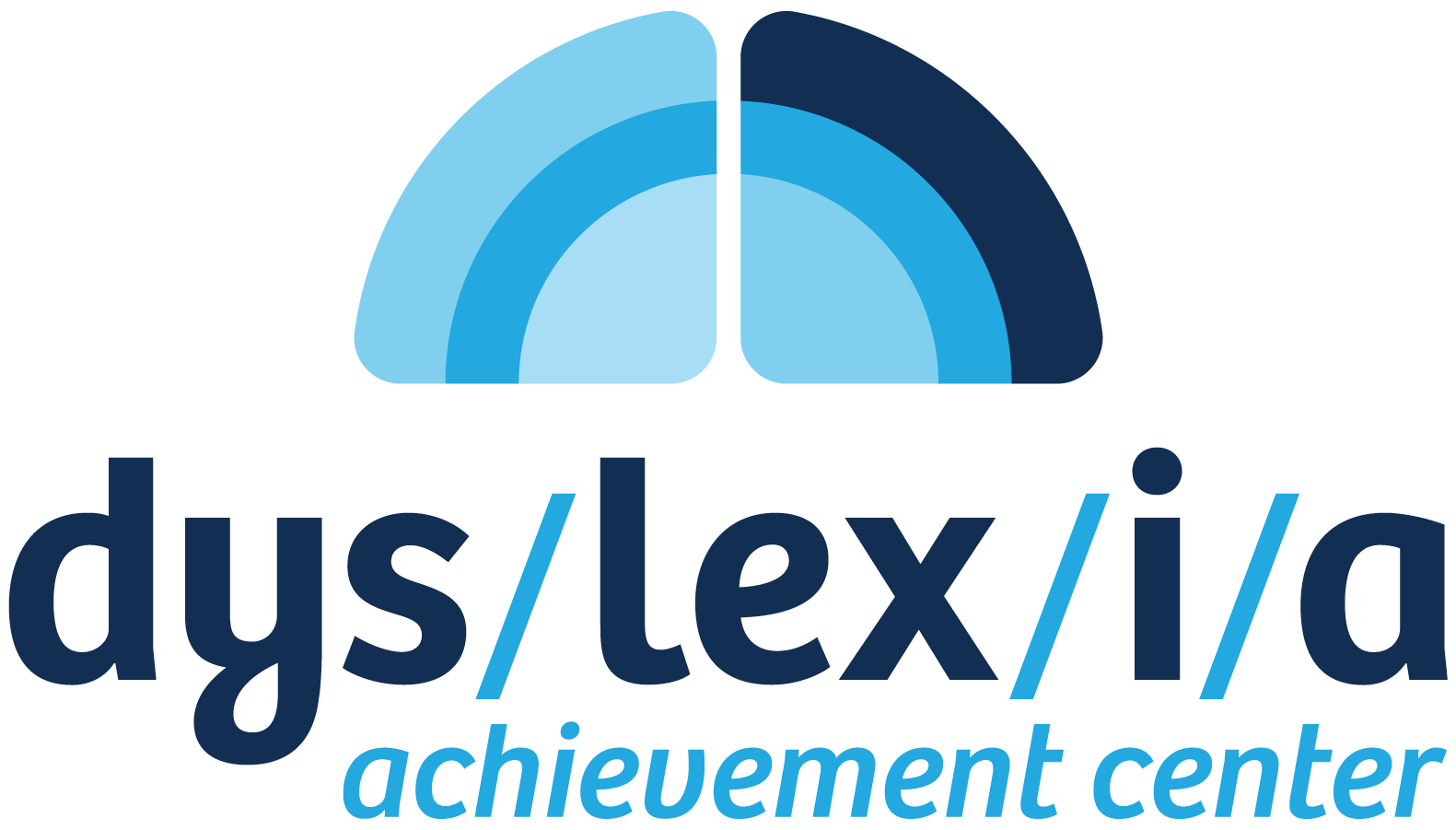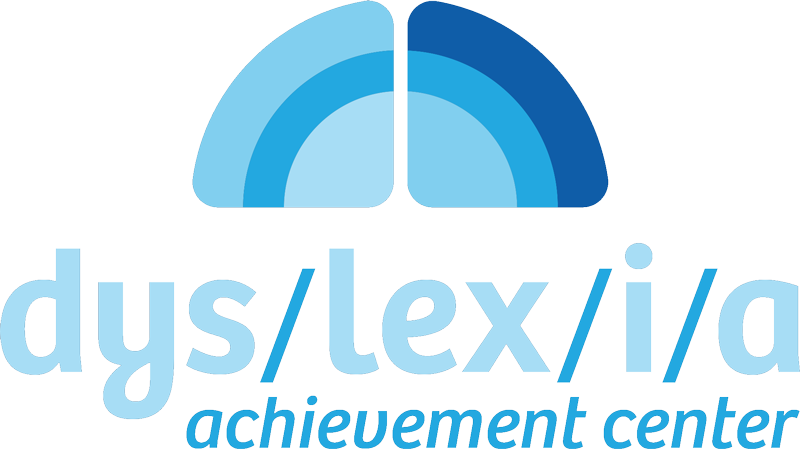On a recent visit to the library, I saw a poster informing parents of the importance of reading to their children. Among other statistics, the poster stated that, “Being read to three times per week raises test scores to the top 25%,” and “If a student reads 20 minutes a day, they will likely score better than 90% of their peers on standardized tests.” Although these statistics may be true for some children, they are unlikely to be true for children with dyslexia. Moreover, I can only imagine how discouraging reading such posters is for parents of children with dyslexia. In spite of these parents doing everything recommended, their children may still struggle to read at grade level.
Prior to working at the Dyslexia Achievement Center, I was a language arts teacher. In my teacher training program, we were not taught how to work with students with dyslexia. Rather, the prevailing ideology was similar to the poster’s: For children to become better readers, they simply need to read–or be read to–more. Since learning about the “science of reading,” an extensive body of scientific research about how people learn to read, I now know that reading to children improves their language abilities, but, on its own, is unlikely to improve their decoding, or word reading, abilities. Instead, students need explicit and systematic instruction in phonemic awareness (the ability to distinguish and manipulate sounds in words) as well as in phonics (the relationship between the sounds of spoken language and the symbols of written language). For students with dyslexia, such instruction is imperative.
Of course, reading aloud to your child is still extremely beneficial. It exposes children to vocabulary and sentence structures they would not hear in their everyday lives and can help instill a lifelong love of reading and learning. But it isn’t a magic bullet that will make all children readers. As the science of reading becomes more widely known, I am hopeful we will move away from the narrative that children who struggle with reading simply need more passive exposure to books and toward an understanding that these children must be provided with explicit instruction and extensive opportunities for practice and feedback. Another statistic–this one from the science of reading–is that 95% of the population is capable of learning to read. Although only reading to your child may not be enough, your child can learn to read, with the right instruction.
Flannery Wheeler, Speech-Language Pathologist & Dyslexia Interventionist


